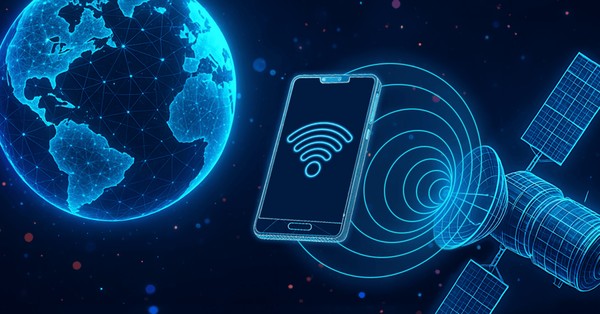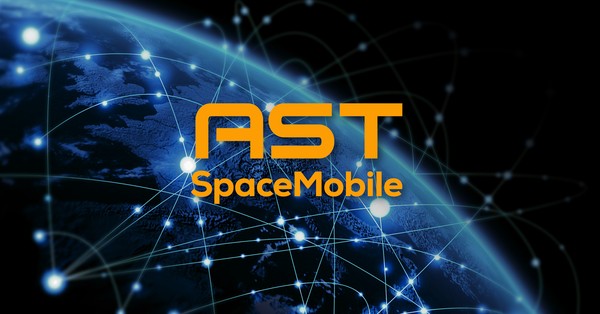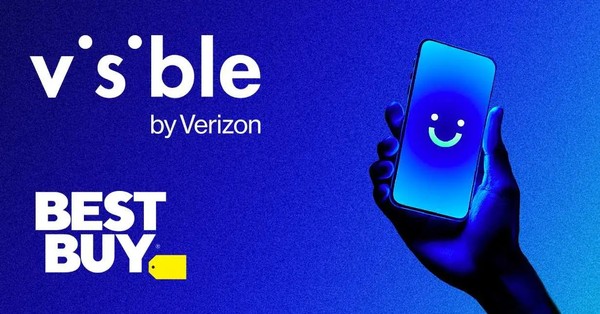- Tech News & Insight
- October 22, 2025
- Hema Kadia
Hospitals are turning to a dual-network model that pairs neutral host coverage with private 5G to handle surging data, device density, and distinct user groups across large clinical campuses. Healthcare networks are stressed by electronic health records, telehealth, connected medical equipment, and higher patient expectations for always-on mobile service. A




























